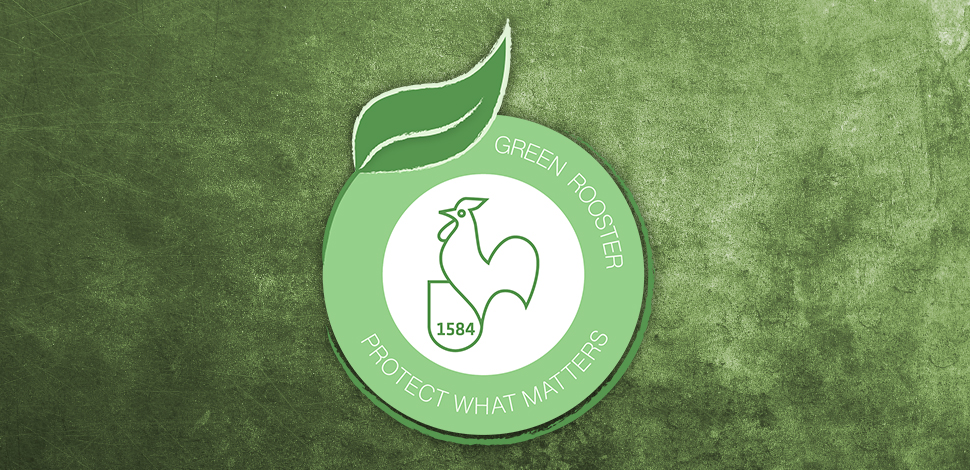
At Hahnemühle, we value tradition and responsibility very highly. After all, anyone who has been producing paper at the same site for more than 435 years understands how important it is to balance the manufacturing process with the natural world. Our production site is located at the edge of a nature reserve, which means we need to run our business with great care and responsibility. We also meet Germany’s strict environmental protection standards.
As Germany’s oldest manufacturers of artist paper, we are proud of our products, which have come to be associated with high quality, consistency, inspiration and sustainability. Every type of Hahnemühle paper combines our paper-makers’ experience in the ancient craft with our paper engineers’ innovative flair, using new fibres and energy-saving technologies to establish an environmentally friendly production process. Ever since the business was founded in 1584, we’ve been producing first-rate paper using natural fibres and pure water straight from the source. Without these basic materials, we wouldn’t be able to make our high-quality paper. That’s why we feel we have a certain duty towards the environment and take responsibility for the impact our company has on society and the environment.
Since 2008, we have been supporting both regional and international environmental protection projects through our ‘Green Rooster’ initiative, including reforestation, animal protection and environmental education programmes. These projects are very important to us and we’re delighted to be able to use a share of the profits from our Natural Line to contribute to environmental and climate protection. To date, more than EUR 220,000 has been donated to various environmental initiatives. Furthermore, we keep on donating 5% of the profits from our ‘green’ papers.
Here are some examples of the projects we have supported:
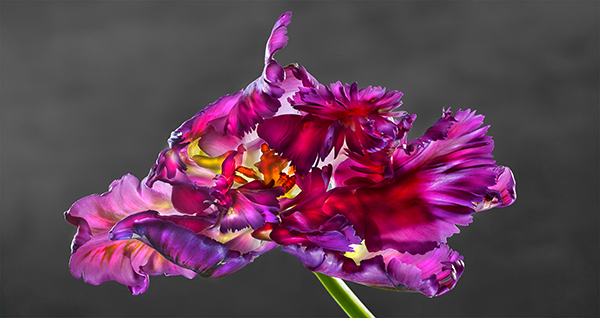
A tribute to flowers – floral photography printed on new Hahnemühle papers
A TRIBUTE TO FLOWERS is an exhibition project by photographer Richard Fischerfocusing on the ongoing drastic reduction of floral variety around the world. ‘The fact that we are set to lose one in three plant species within a decade makes my art extremely important,’ says Mr Fischer, ‘As an artist, I believe in the power of art to create and transform, provoke new ways of thinking through visual representation and enrich people through new forms of experience. Biological diversity is an invaluable and irreplaceable resource…’ This sentiment is beautifully expressed via more than 50 large FineArt prints on Hahnemühle’s exquisite Digital FineArt paper – some of which are world firsts, made from fast-growing, renewable raw materials. Richard Fischer will be displaying his most recent artwork in his exhibition ‘A TRIBUTE TO FLOWERS’, sponsored by Hahnemühle, from 12 October 2019 to 5 January 2020 in the Flower Art Museum in Aalsmeer, near Amsterdam.
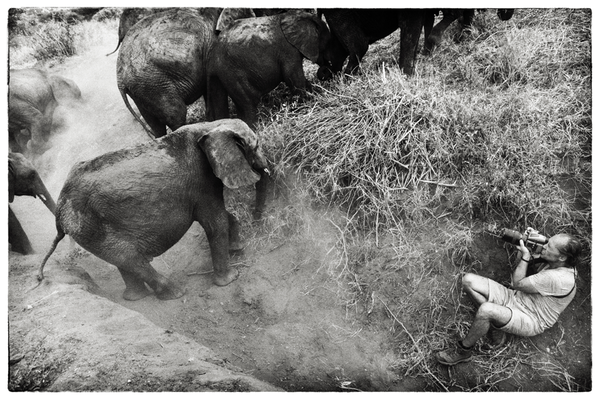
Big support for little elephants – Hahnemühle gives donations to support orphaned elephants in Kenya.
For photokina 2016, Hahnemühle teamed up with Hasselblad Master photographer Joachim Schmeisser and his gallery Immagis to support a good cause. Hahnemühle donated the profits from sample packs of its Digital FineArt paper to the David Sheldrick Wildlife Trust in Kenya. One iconic elephant portrait caught a lot of people’s eyes at Hahnemühle’s photokina stand. Printed on a classic paper from Hahnemühle’s Digital FineArt Collection, German Etching, the animal portrait has a painterly, three-dimensional effect, and it drew a lot of attention to the exclusive sample packs featuring all of the Hahnemühle paper varieties. We sold a record-breaking 3,000 packs. Hahnemühle added these profits to their donation, taking the total amount from the Green Rooster initiative up to EUR 30,000, which supports the trust’s work in Kenya rearing orphaned elephants and reintroducing them to the wild. Joachim Schmeisser also signed 50 A4 FineArt prints of his ‘Golden Giant’ motif for Hahnemühle fans at the trade fair.
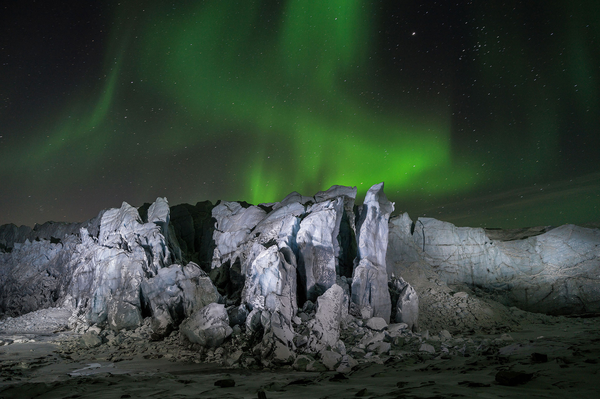
Stella Polaris* Ulloriarsuaq is a photography and film art project, which uses breathtaking images and footage of illuminated icebergs and glaciers in Greenland to document their disappearance over time in a series of magical snapshots. In the face of our rapidly changing climate, this Arctic light art project builds a bridge of awareness between art, culture and science. In November 2012 and February 2013, the project team, made up of Nomi Baumgartl, Sven Nieder, Yatri N. Niehaus and Laali Lyberth, used long-exposure photography to record ‘light messages’ from the residents of Greenland under the flickering northern lights. There are large prints of the Stella Polaris series by Sven Nieder and Nomi Baumgartl printed on Hahnemühle’s FineArt paper. The profits from the collectors’ edition are donated to the project. At photokina 2014, Hahnemühle supported the project by organising a paper manufacture demonstration at its stand, as well as an artist signing with photographer Sven Nieder.

Wildlife observation in the Leinepolder area – environmental education on our doorstep
In summer 2012, the Naturscouts Leinetal e.V. organisation used funds provided by Hahnemühle’s Green Rooster initiative to build a birdwatching tower in our local region. In summer 2014, they set up an informative new website showing which nature landscapes need protecting in southern Lower Saxony. www.naturscouts-leinetal.de provides information on the EU Special Protection Area, which has been Hahnemühle’s next-door neighbour for more than four centuries. Our production site is located in the heart of a centuries-old cultivated landscape that provides unspoilt habitats for a range of wildlife, at the edge of a nature reserve, the Leinepolder. The 1,000-hectare stretch of wetland is a crucial resting and breeding ground for more than 250 species of birds, some of which are endangered.
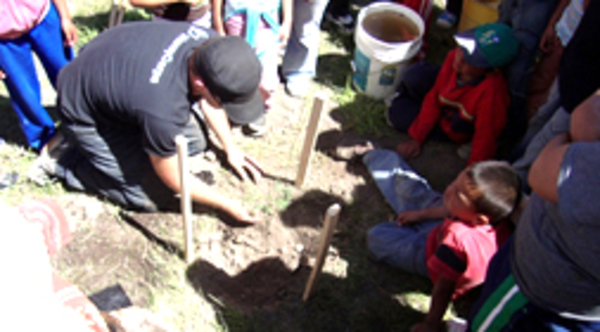
The British Mercy Corps supports families who have reforested an area south of Bogotá, which has been devastated by landslides. This reforestation has protected the landscape from being destroyed any further. This process of planting young trees was initiated, together with the local administration, to help people get their feet back on solid ground, quite literally, and their homes back on stable land. Mercy Corps supports this reforestation by sourcing young trees and gives the people an economic perspective by setting up private tree schools. A total of 67,000 small trees was required to restore the entire natural area.
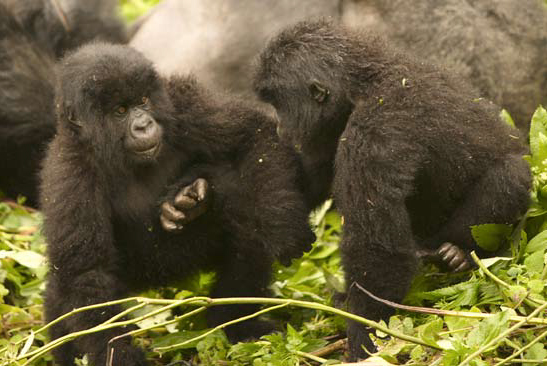
This project was initiated by Matto Barfuss, who has come to be known as ‘cheetah man’ and has already spent several months living amongst endangered species. This was an impressive way of demonstrating that most creatures we regard as dangerous are actually much closer to humans than they initially seem.
He documented and processed his experiences through film, drawings and oil paintings. He used the profits from the sale of his works to finance various projects – for instance, to protect the mountain gorillas in the Congo, who had grown to trust him as a ‘forest dweller’. From as early as the mid-90s, these creatures’ habitat has become smaller and smaller, increasingly limited by an influx of thousands of refugees from the neighbouring country of Rwanda. Ongoing cases of trespass by rebels and poachers need to be dealt with. The funding provided through Hahnemühle’s Green Rooster initiative helped to better equip gamekeepers and improve the protection of the species.
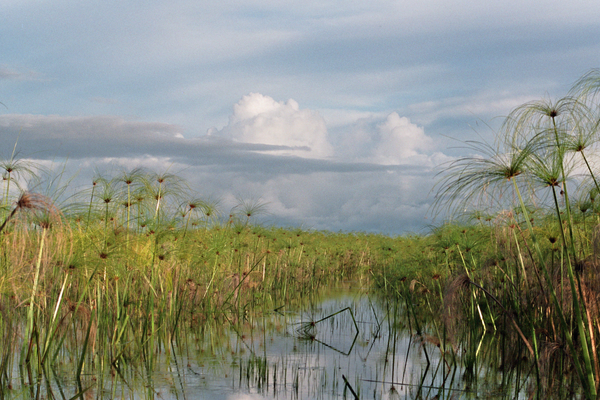
©Patrick Waeber; MWC
To develop environmentally friendly habits, we need to raise a certain level of awareness. When Madagascar Wildlife Conservation (MWC) realised this, it launched an environmental education programme at primary schools in the Alaotra region. At the heart of this programme is a series of comics developed by MWC and produced on Madagascar. The main characters are a ‘bandro’ (a lemur species only found in this region), a kingfisher and a duck, who represent the animals, as well as two boys and two girls, who represent the villagers. There are nine issues, each of which focuses on a different environmental protection issue within the unique Alaotra ecosystem, which then becomes the starting point for ongoing discussions and school projects. These comic books help students learn about the issues within their environment and how to conserve resources in a fun and creative way, and that knowledge later becomes integrated into their habits and behaviour.
Hahnemühle customers voted for donations from the Green Rooster initiative to be pledged to this project. During the pilot phase of the project, this money went towards training teachers and supplying teaching resources to all schools in the region.
